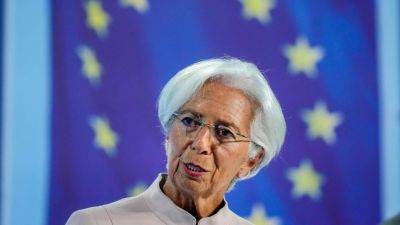German 10-year bond yield hits 12-year high as prices slump
euro zone bond yields rose on Monday — with Germany's 10-year yield hitting its highest since 2011 — as investors continued to adjust to the new «higher-for-longer» interest rate stance of the world's biggest central banks.
Germany's 10-year government bond yield was last up 6 basis points (bps) at 2.79% after reaching its highest level since July 2011 at 2.811%.
Yields rise when prices fall, and vice versa.
The ECB raised interest rates to a record high of 4% on Sept. 14.
The Federal Reserve held interest rates at 5.25% to 5.5% on Wednesday, followed by the Bank of England holding rates at 5.25% on Thursday.
Policymakers' overriding message was that interest rates would remain at high levels until inflation was clearly heading back down to 2% and was likely to stay there.
«Markets have been adjusting to this higher-for-longer market narrative that central bankers have been trying to sell,» said Jussi Hiljanen, head of European rates strategy at lender SEB.
«We are approaching the levels that we have had as targets for the end of this year. So I think it might continue a bit but I would say that most of the increase has been behind us.»
Expectations of higher interest rates push up yields and drag down prices as investors demand higher returns on their investments.
The ECB record high deposit rate could help cut inflation to 2%, ECB President Christine Lagarde said on Monday, repeating the bank's guidance that does not rule out further rate hikes.
The only notable European economic data release of the day showed German business morale was slightly stronger than expected in September, even though it fell marginally compared with August.
Shorter-dated bond yields fell, with Germany's two-year bond yield last 2 bps lower at























